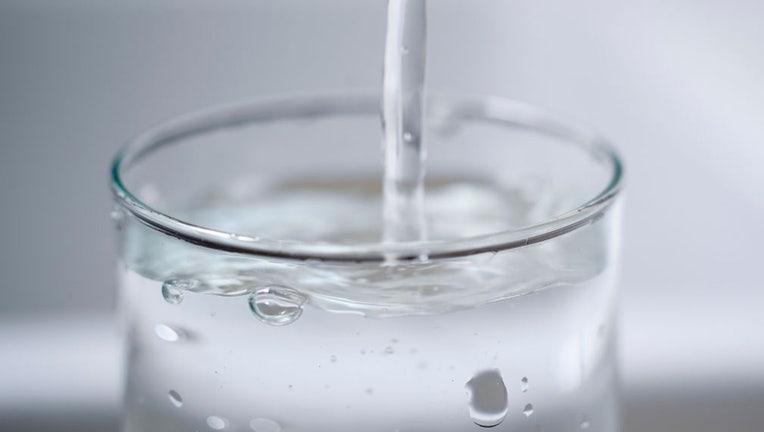Water contaminant linked to infant brain damage won't be regulated by EPA

FILE - A photo illustration of water in a clear glass drinking glass.
WASHINGTON - Upholding a Trump-era environmental policy, the Environmental Protection Agency said Thursday it will not regulate a drinking water contaminant that has been linked to brain damage in infants.
The agency said the Trump administration's decision in 2020 not to regulate perchlorate in drinking water was made with the "best available peer reviewed science." The chemical is used in rocket fuel and fireworks.
At the time, Trump's EPA said perchlorate was not found widely enough in drinking water or "at levels of public health concern" to warrant federal regulation. The decision was one of many Trump-era rollbacks or eliminations of existing or pending public health and environmental protections. The Biden administration ordered a review of that decision at the start of his term.
EPA Assistant Administrator Radhika Fox said the agency was "applying the right tools to support public health protections."
Environmental groups slammed the Biden administration’s decision.
"The Trump EPA gave perchlorate a pass; it was a bad decision then, and it’s a bad decision now," said Erik Olson of the Natural Resources Defense Council advocacy group. "Tap water across America will remain contaminated by this toxic chemical."
Perchlorate from runoff contaminates the drinking water of as many as 16 million Americans, the Obama administration said in 2011 when it announced the EPA would for the first time set maximum limits for the chemical compound. It has been used in the U.S. for decades, particularly by the military and defense industries, and is commonly found in munitions, fireworks, matches and signal flares.
Exposure to the compound can damage the development of fetuses and children and cause measurable drops in IQ in newborns, the American Academy of Pediatrics said in 2019, when it called for stringent federal limits. It damages human development by disrupting the functioning of the thyroid gland.
In its 2020 review, the EPA said state-level regulations and cleanup activities at contaminated sites had lowered the health risks posed by the compound. Massachusetts and California, for example, limit perchlorate in drinking water to 2 parts per billion and 6 parts per billion, respectively.
"But the problem is that for the rest of the country the states have not set standards," said Olson of the Natural Resources Defense Council.
In the Southwest, perchlorate has been detected in groundwater that entered Lake Mead in Nevada. Manufacturing activities in Henderson, Nevada, were thought to be the source of the chemical. The EPA said cleanup activities at two industrial sites near Las Vegas between 2002 and 2006 resulted in reduced levels of perchlorate in samples provided since then by Nevada environmental and water agencies.
The EPA said Thursday it was considering other steps besides a federal drinking water limit, such as setting standards at open burning and detonation sites of waste explosives, where severe perchlorate contamination is known to exist.
But environmental advocates said such measures fall short of what's needed.
"Simply put, toxic chemicals used in rocket fuel do not belong in our drinking water," said John Rumpler, senior attorney with Environment America.
___
AP reporter Matthew Daly contributed to this report.

